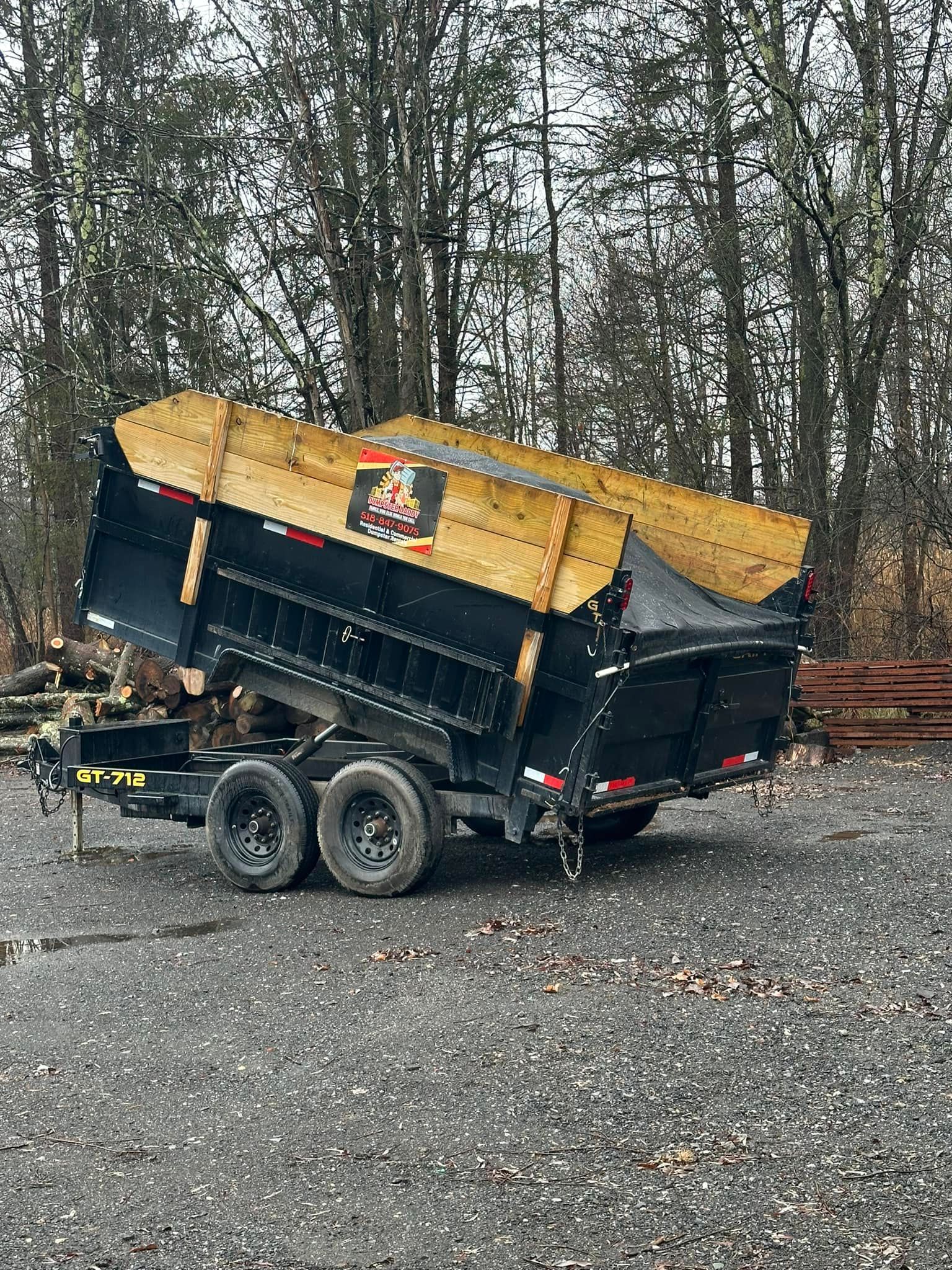Demolition vs. Deconstruction: Which Is the Best Option for Your Property?
When it comes to removing a structure, whether it’s a house, garage, or commercial building, you typically have two main options: demolition or deconstruction. While both methods achieve the goal of clearing a site, they differ significantly in process, cost, environmental impact, and purpose. Understanding the differences can help you make the best choice for your project.
What Is Demolition?
Demolition is the process of tearing down a structure using heavy machinery such as excavators, bulldozers, and wrecking balls. This method is often the fastest and most cost-effective way to remove a building, especially if the structure is old, unstable, or beyond repair. The debris from a demolition project is typically hauled away to landfills, though some materials may be salvaged or recycled.
Pros of Demolition:
- Speed: Demolition can often be completed in a matter of days.
- Cost-Effective: It is generally less expensive than deconstruction.
- Efficient for Unsafe Structures: If a building is structurally unsound, demolition is often the safest method.
Cons of Demolition:
- Environmental Impact: Large amounts of debris may end up in landfills.
- Limited Material Salvage: Less opportunity for recycling or repurposing materials.
What Is Deconstruction?
Deconstruction is a more labor-intensive process that involves carefully dismantling a building piece by piece to salvage and reuse materials such as wood, metal, fixtures, and appliances. This method is often chosen for historic properties, sustainability-focused projects, or when valuable materials can be reclaimed.
Pros of Deconstruction:
- Eco-Friendly: Reduces landfill waste and promotes recycling and reuse.
- Potential for Tax Benefits: Donated salvaged materials may be tax-deductible.
- Preserves Valuable Materials: Wood, bricks, and other items can be repurposed for future projects.
Cons of Deconstruction:
- Time-Consuming: Takes significantly longer than demolition.
- Higher Costs: Labor and sorting materials increase overall expenses.
- Requires Skilled Labor: Workers must be trained to carefully remove and preserve materials.
Which Option Is Best for You?
The right choice depends on your project goals, timeline, and budget. If you need to clear a site quickly and cost-effectively, demolition is likely the best option. However, if sustainability and material reuse are priorities, deconstruction may be worth the extra time and investment.
Consider Demolition If:
- You need the site cleared quickly for new construction.
- The building is structurally unsound or has hazardous materials.
- You are working with a limited budget.
Consider Deconstruction If:
- You want to minimize environmental impact and recycle materials.
- The building contains valuable or historic materials.
- You are eligible for tax incentives through material donation.
Final Thoughts
Both demolition and deconstruction serve a purpose, and choosing the right method depends on your specific needs. If you’re unsure which option is best for your property, Dumpster Daddy can help. Our team specializes in demolition and site preparation, ensuring a smooth and efficient process tailored to your goals. Contact us today to discuss your project and get expert advice on the best approach for your property.

